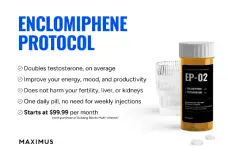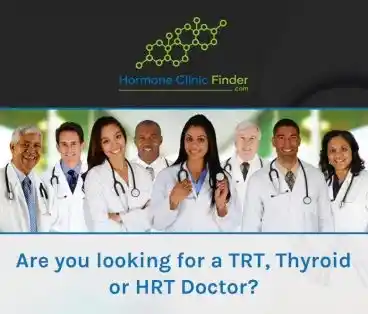Androgens are a key factor in acne pathogenesis. Lawrence Green, MD, FAAD discusses how hormones help drive the skin disease.
How DHT and Androgens Drive Acne Formation
Androgens are integrally associated with acne development. Acne originates in the sebaceous gland, which is under androgen control. Among androgens, dihydrotestosterone (DHT) is the most potent, and it plays a central role in acne pathogenesis.
DHT's Role in Sebaceous Gland Activation
DHT activates the sebaceous glands by binding to the androgen receptor. However, it's important to note that while DHT stimulates these glands, it does not cause them to proliferate. In other words, sebaceous hyperplasia (an increase in the number or size of sebaceous glands) is not under androgen control. What DHT does do, unfortunately, is promote acne through multiple mechanisms.
Abnormal Keratinization and Clogging of the Follicle
Once DHT binds to androgen receptors—both in sebocytes (cells in sebaceous glands) and keratinocytes—several events are triggered. In the hair follicle, DHT alters keratinization, leading to abnormal follicular desquamation. This abnormal shedding results in the formation of a clog within the pilosebaceous unit (the hair follicle and its associated sebaceous gland).
Without retinoid therapy to normalize this process, the clog creates an anaerobic environment within the follicle.
Proliferation of
This clogged, low-oxygen environment becomes ideal for the proliferation of Cutibacterium acnes (C. acnes), the commensal anaerobic bacterium that resides in the follicle. Once overgrown, C. acnes initiates a cascade of inflammatory responses.
- C. acnes breaks down sebum lipids, leading to an increase in free fatty acids and triglycerides.
- These free fatty acids attract neutrophils, amplifying inflammation.
- Meanwhile, increased sebum production—also stimulated by androgen activity—adds to the inflammatory state.
The Full Acne Cascade
So, through DHT activation of androgen receptors:
- Keratinization is disrupted, leading to clogging.
- Anaerobic conditions allow C. acnes to thrive.
- Inflammation is triggered by both bacterial activity and increased sebum.
- Comedogenesis (formation of comedones) and acne progression follow.
Essentially, DHT and androgen receptor activation initiate and perpetuate nearly every step in the acne pathway—all within the hair follicle.
Targeting the Androgen Receptor for Acne Treatment
Given this mechanism, it becomes clear why hormonal therapies that modulate or block androgen receptor activity are a theoretically strong and effective treatment strategy for acne.
Last edited by a moderator:















